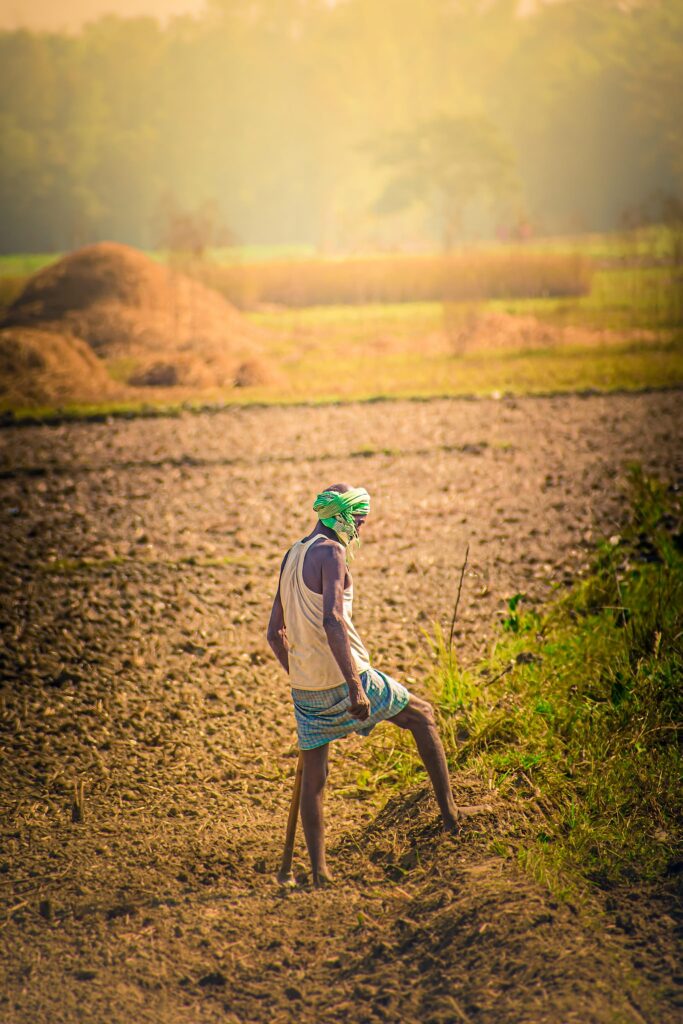
Paddy farming is more than just an agricultural activity; it is a way of life for many rural communities around the world. The intricate process of planting paddy in a rural village is a testament to the age-old traditions and the resilience of farmers. This blog post delves into the detailed steps involved in paddy planting, highlighting the communal efforts and traditional practices that define this labor-intensive process.
Field Preparation:

The journey of paddy planting begins with meticulous field preparation. In a rural village, this task is often a community effort, with farmers coming together to plow and level the fields.
- Plowing: Using bullocks or tractors, farmers turn over the soil to bury crop residues and control weeds. The sight of farmers guiding their bullocks through the fields is a common and picturesque scene.
- Leveling: The fields are then leveled to ensure even water distribution. This step is crucial for maintaining the right water depth for paddy growth.
Seed Selection and Treatment:
Selecting high-quality seeds is vital for a successful harvest. In rural villages, seed selection is a blend of tradition and modern agricultural practices.
- Choosing Seeds: Farmers select seeds that are known for their high yield and resistance to local pests and diseases.
- Seed Treatment: Seeds are treated with natural or chemical fungicides to protect against soil-borne diseases, a practice often guided by generational knowledge.
Nursery Preparation:

The next step involves preparing a nursery bed where seeds will germinate and grow into seedlings.
- Seedling Bed Preparation: A small plot of land is prepared with rich, fertile soil.
- Sowing Seeds: Seeds are sown densely in the nursery bed and covered with a thin layer of soil. Farmers ensure the bed is kept moist to facilitate germination.
Transplantation:
Once the seedlings are ready, typically after 20-30 days, they are transplanted into the main field.
- Uprooting Seedlings: Seedlings are carefully uprooted from the nursery bed, often by hand.
- Transplanting: Farmers, often working in lines, plant the seedlings in the main field at measured intervals. This is a labor-intensive process that requires precision and teamwork.
Fertilization:
Providing the right nutrients to the paddy plants is essential for their growth.

- Applying Fertilizers: Farmers apply organic manure or chemical fertilizers to supply essential nutrients like nitrogen, phosphorus, and potassium. In many villages, organic practices are still prevalent, using compost and animal manure.
Weed and Pest Control:
Protecting the paddy from weeds and pests is a continuous effort.
- Weeding: Manual weeding is common, with farmers using simple tools to remove weeds. In some cases, herbicides are used for efficient weed control.
- Pest Management: Integrated Pest Management (IPM) practices are employed, combining traditional knowledge and modern techniques to manage pests.
Harvesting:
When the paddy grains mature and the moisture content reduces, it is time for harvesting.
- Cutting: The crop is harvested using sickles, a practice that requires skill and experience. The harvested paddy is then left to dry in the field for a few days.
- Threshing: Once dried, the grains are separated from the straw using traditional methods like beating the paddy bundles against a hard surface or using mechanical threshers.
Post-Harvest Processing:
The final step involves processing the paddy to prepare it for consumption.
- Drying: The grains are further dried to reduce moisture content, often spread out on large mats under the sun.
- Storage: Proper storage facilities are essential to prevent spoilage. In rural villages, grains are stored in traditional granaries made of bamboo or mud.